A chemical element with the symbol Bi, bismuth is an unusual substance – and one that has a long history of use within a number of different industries.
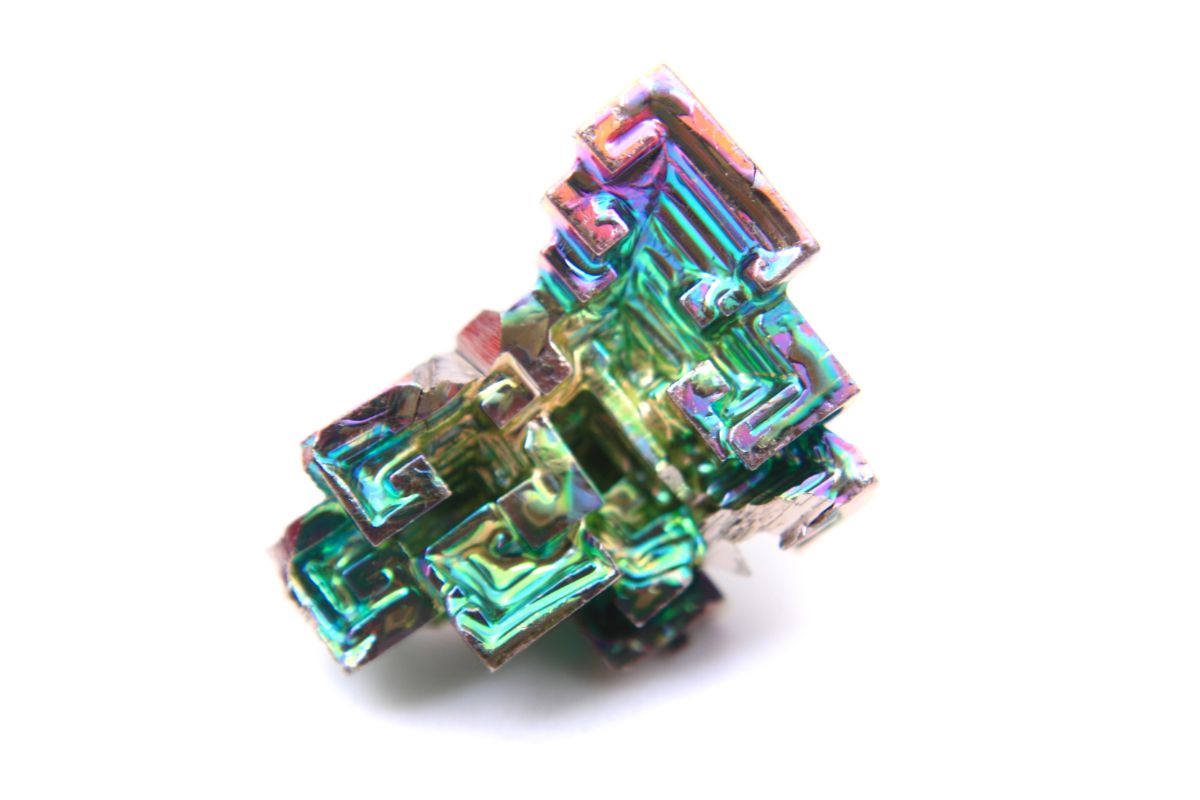
But what exactly is bismuth, and is it safe for humans to handle?
What Is Bismuth?
Bismuth is a post-transition metal, and one of a group known as the pnictogens – that is, a group of chemicals located in group 15 on the periodic table of elements.
What Does It Look Like?
Bismuth is a brittle metal (see also, ‘Bismuth: is it Naturally Rainbow or Not?‘), often carrying a darkish coloring with hues of silver and pink – although it is often found with iridescent oxide tarnishing that can display colors ranging from yellow to blue.
One of the things that makes bismuth so unusual and fascinating is the spiral shaped crystalline structures that it naturally forms in – something that has long inspired scientists during examinations.
The unusual nature of bismuth can also be seen when burned – a process that produces either blue flames when burned in oxygen, and yellow fumes when in its oxide form.
Is Bismuth Safe For Human Use?
This is a common question, and one that derives from the 2003 discovery that it has low levels of weak radiation that generate from it naturally. This led to all manner of concern – especially due to its inclusion in medications and cosmetics.
However, it was soon discovered that due to the low solubility of bismuth salts, bismuth was far less toxic to consume than other similar elements like lead.
That being said, it is still possible to develop bismuth poisoning – especially prominent in those who regularly use the heavy metal. This has become increasingly prevalent in recent times, and like lead poisoning, develops symptoms that include black deposits on the gingiva – known as a ‘bismuth line’.
This is a subject that is continually being explored by scientists – namely the effects of various treatment options (like dimercaprol) and the wider impact that the substance could have on the environment itself.
One thing they do know is that bismuth has a bodily half life of around 5 days – but that it can linger in the kidneys for a much longer time, even years in some cases.
What Is Bismuth Used For?
Traditionally, bismuth has always been used for things like cosmetics, pigments, as well as some pharmaceuticals – most notably in bismuth subsalicylate, a drug often used to treat diarrhea.
Pharmaceuticals
While there are still uses within the pharmaceutical industry, the substance’s use is declining somewhat. As well as diarrhea medications, bismuth is also used to make such medicines as:
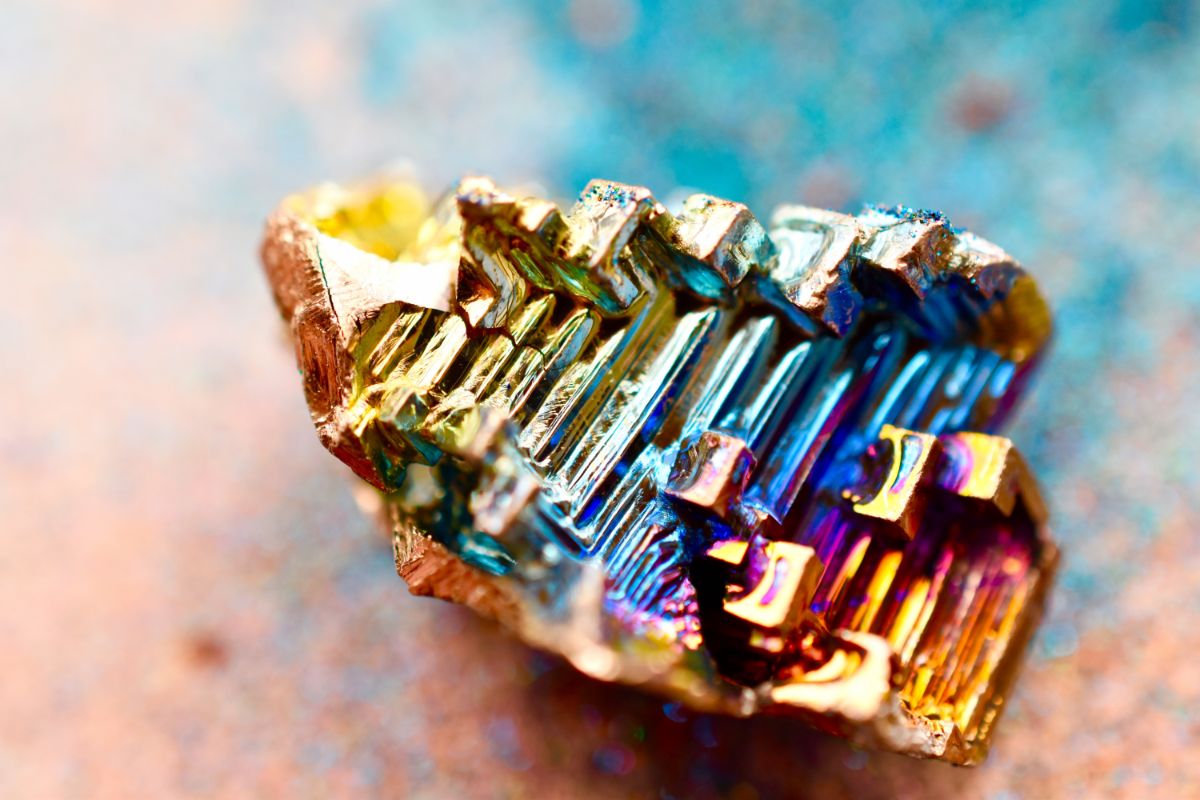
Bismuth Subcitrate
used in conjunction with bismuth subsalicylate to cure peptic ulcers.
Bibrocathol
organic bismuth compound used to treat eye infections.
Bismuth Subgallate
this is the active ingredient in Devrom – a deodorant used to treat the lingering odors of flatulence and feces.
Bismuth Compounds
formerly used to treat syphilis, prior to the invention of penicillin.
Bismuth hydroxide & Bismuth Subcarbonate
used as an early 20th century ‘cure all’, predominantly used to treat gastro-intestinal problems.
Cosmetics & Pigments
One of the main bismuth compounds used in cosmetics is bismuth oxychloride, mainly as an ingredient/pigment in eye shadows, as well as other products like hair sprays and nail polishes.
One of the main reasons for its use within cosmetics was the iridescent reflectiveness – similar to that of a pearl – which was seen as a symbol of beauty, especially in Ancient Egypt, which was largely responsible for its widespread use.
It is also considered to be far safer than other harmful substances used in cosmetics – such as lead – which was a commonly used substance in 16th and 17th century England – most notably used by Queen Elizabeth I.
Metals & Alloys
Bismuth is also used in some metals and alloys – namely during iron production. These alloys are commonly used in automatic sprinkler systems for fire alarms.
Other Compounds
There are numerous other compounds that can be used within various industries – all of which have bismuth as a central ingredient.
These include:
Bismuth Subnitrate
used in paint pigments for its iridescent finish.
Bismuth Germinate
used as a scintillator, a component for x-rays and gamma ray detectors.
Bismuth Vanadate
used as a pigment with artist’s oil paints and other such substances. Used as a catalyst for making acrylic fibers. As an electrocatalyst in transitioning CO2 (carbon dioxide) to CO (carbon monoxide). Ingredients in lubricating greases.
Widely Used In Pyrotechnics
such as in ‘dragon’s eggs’.
What Benefits Does Bismuth Have?
Bismuth has many benefits that make it suitable for consumer products, all of which are responsible for the continued use and popularity of the substance within various industries.
Expansion
One benefit is that it expands when it solidifies – something that makes it useful for a number of applications, including casting for printing type.

Low Toxicity
It is also relatively non toxic – especially when you consider that bismuth is a heavy metal.
Because of this, bismuth has been a common replacement for lead, as it possesses many of the qualities of this perhaps more well known substance, but very little of the toxicity that has now come to be associated with lead-infused products.
As a result, around a third of bismuth use around the world is dedicated to uses that formerly incorporated lead – such as piping, paint, and other household products.
Recyclability
One benefit of bismuth is that it can be recycled – almost in entirety. This is unusual, especially for commercially used materials, but this means that bismuth is a more environmentally friendly choice to many of the materials that are on the market.
Cost Effectiveness
One of the main benefits for industrial entities is that the price of bismuth has remained stable and affordable for the majority of the 20th century – with the exception of a spike in the 1970s when the price rose startlingly in a short period of time.
This makes it a much more sensible option – especially when combined with the knowledge that it is safer than lead and other similar elements.
Abundance
It is also relatively abundant – at least when compared to similarly heavy metals. It is thought that there is approximately double the amount of bismuth in the Earth’s crust than there is of gold – a substance that has been used equally as much in numerous products and industries.
This means that the price can remain stable and lower than other sought after metals, maintaining its status as a sustainable, useful metal – at least for the foreseeable future.
If these supplies become depleted, or something changes in the surrounding researchl, then other substitutions would have to be made.
Final Thoughts
And there we have it, everything you need to know about bismuth, and whether it is safe for humans to come into contact with the substance.
It’s true that bismuth is a remarkable heavy metal, and one with numerous strange properties that are still fascinating scientists – e.g. the low levels of radiation that the metal gives off.
So if you have any concerns about coming into contact with bismuth, then hopefully this article can alleviate some of them for you?
Learn how to make your own bismuth at home here.
- 15 Crystals That Cannot Be Exposed To The Sun - January 7, 2024
- Malachite Vs Fuchsite – Benefits And Uses - January 7, 2024
- Malachite Vs. Green Jasper: Benefits And Uses - January 7, 2024


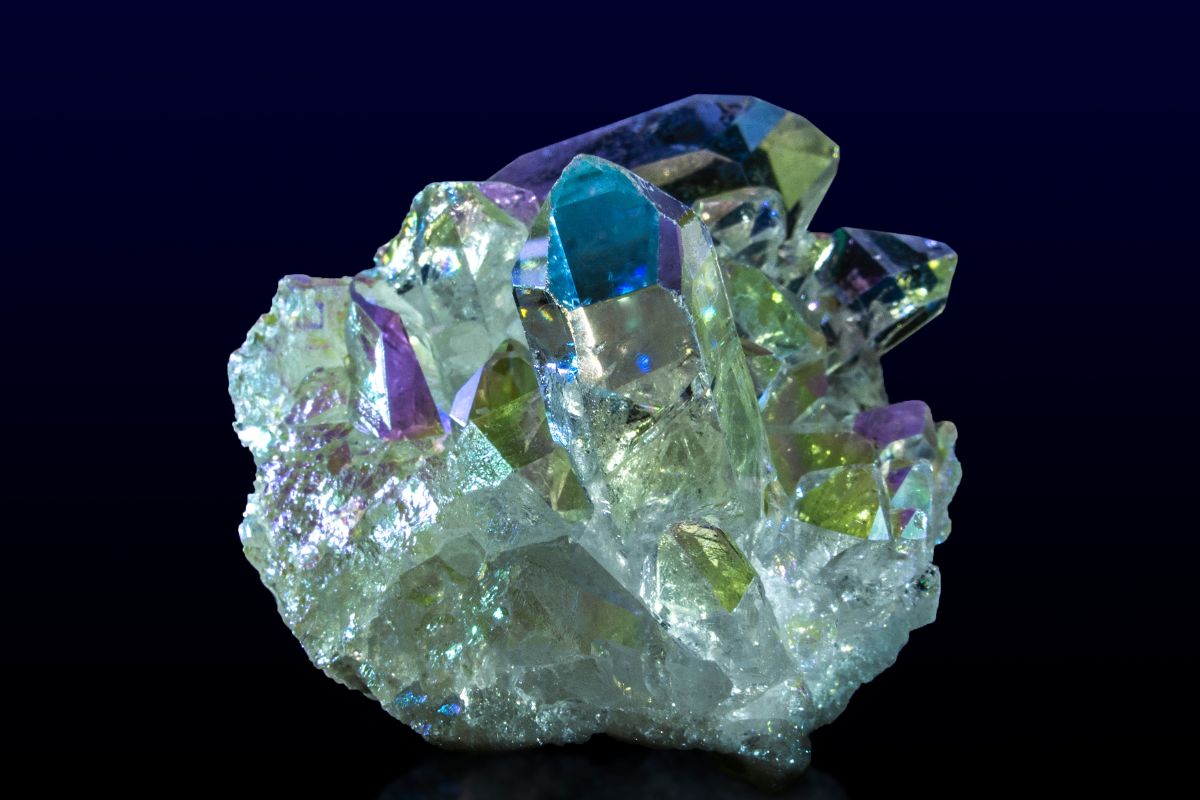
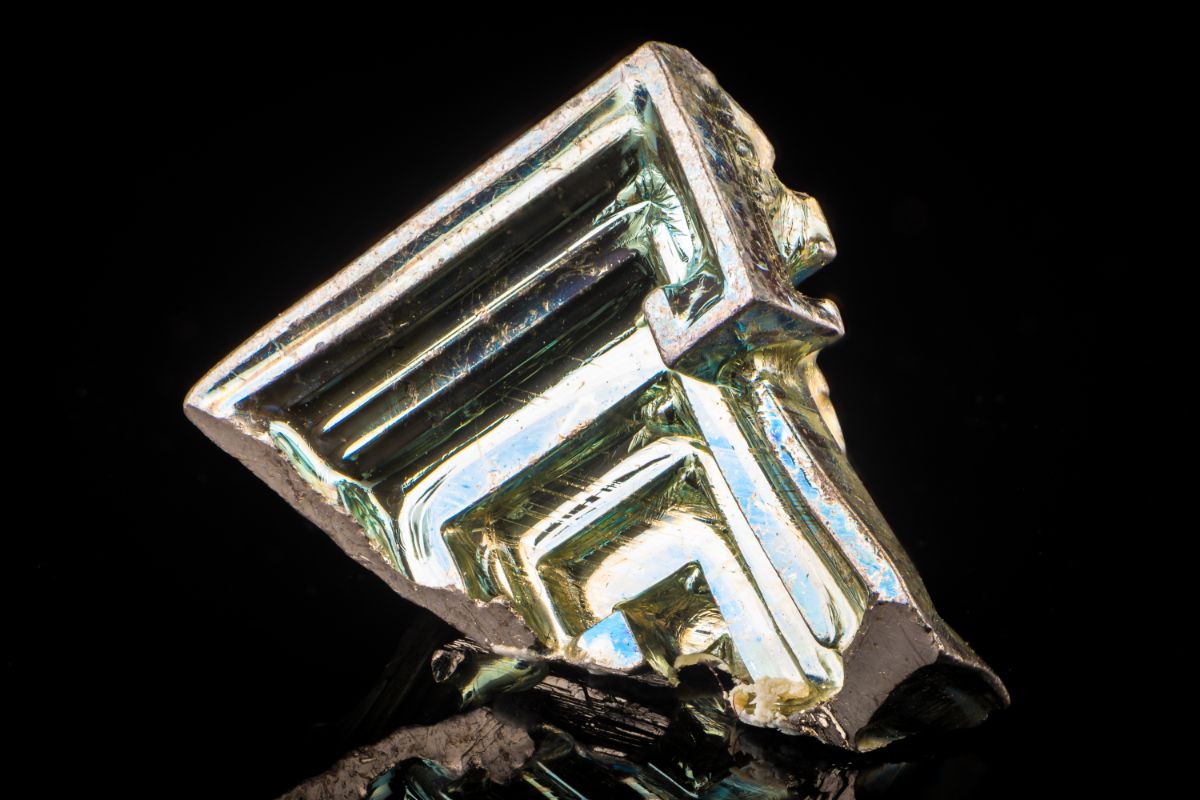
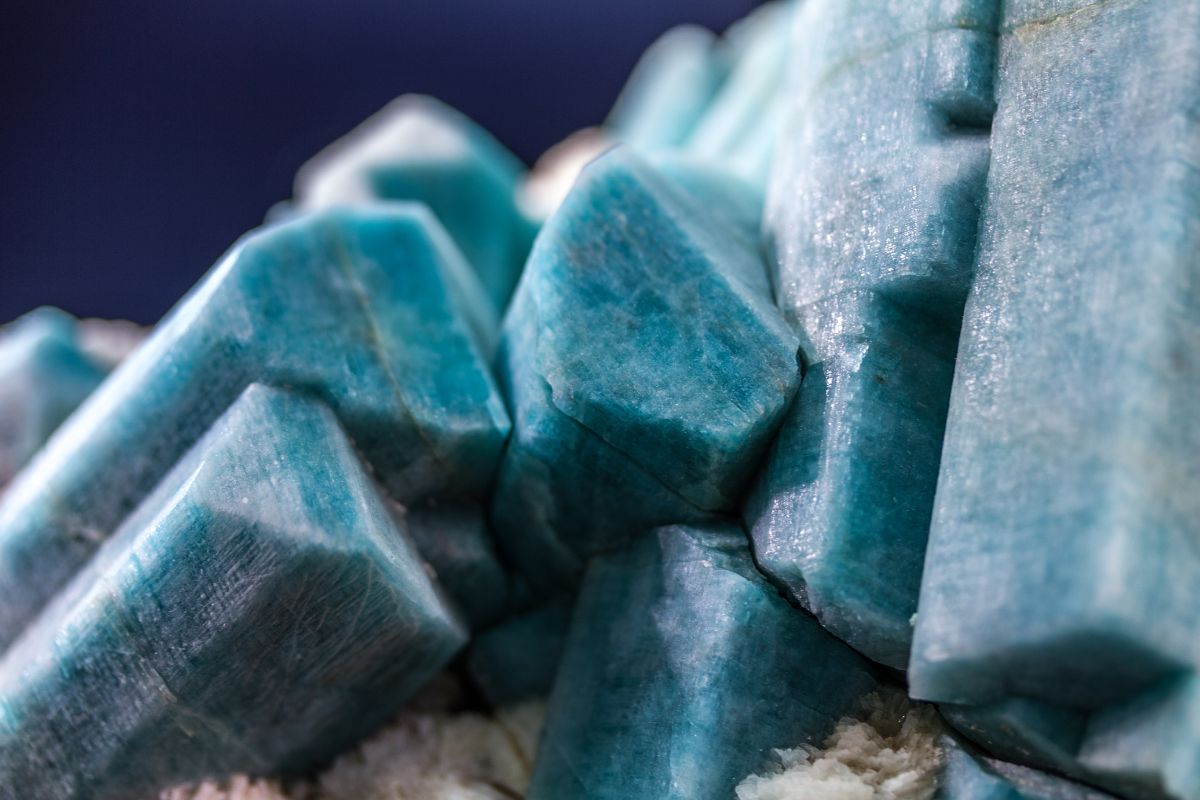
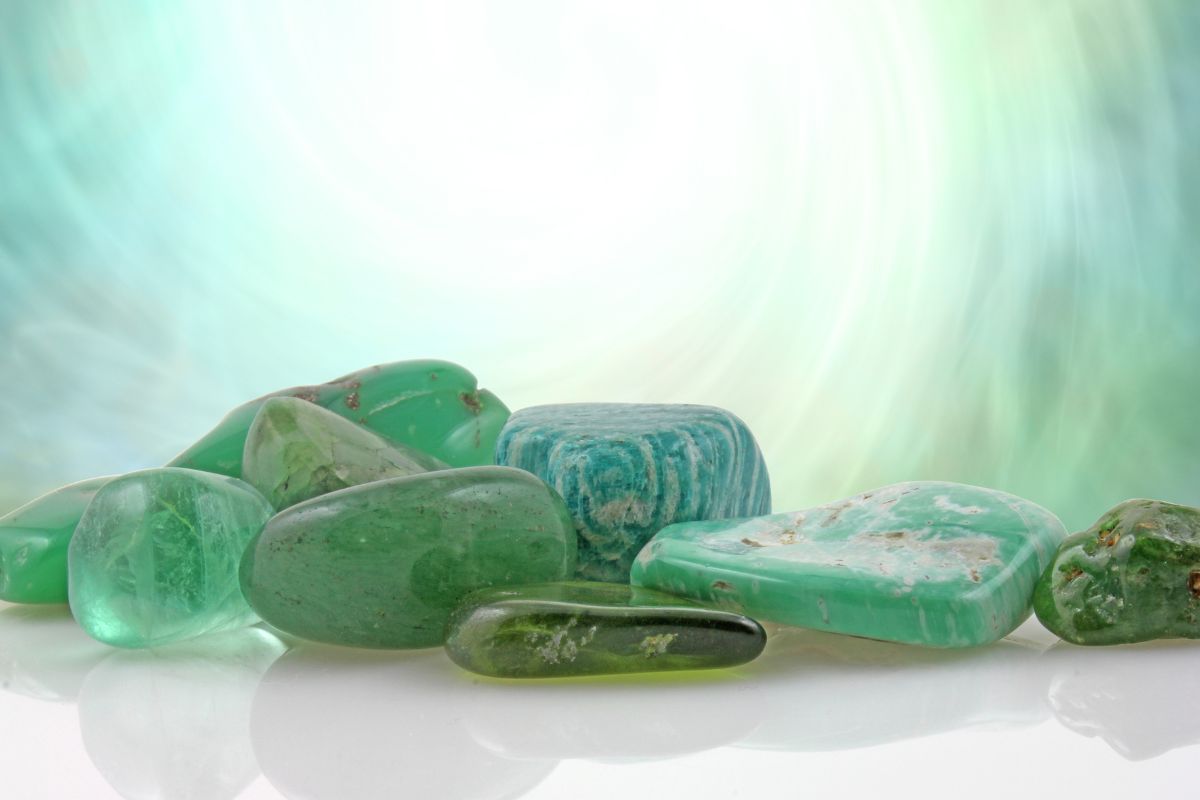
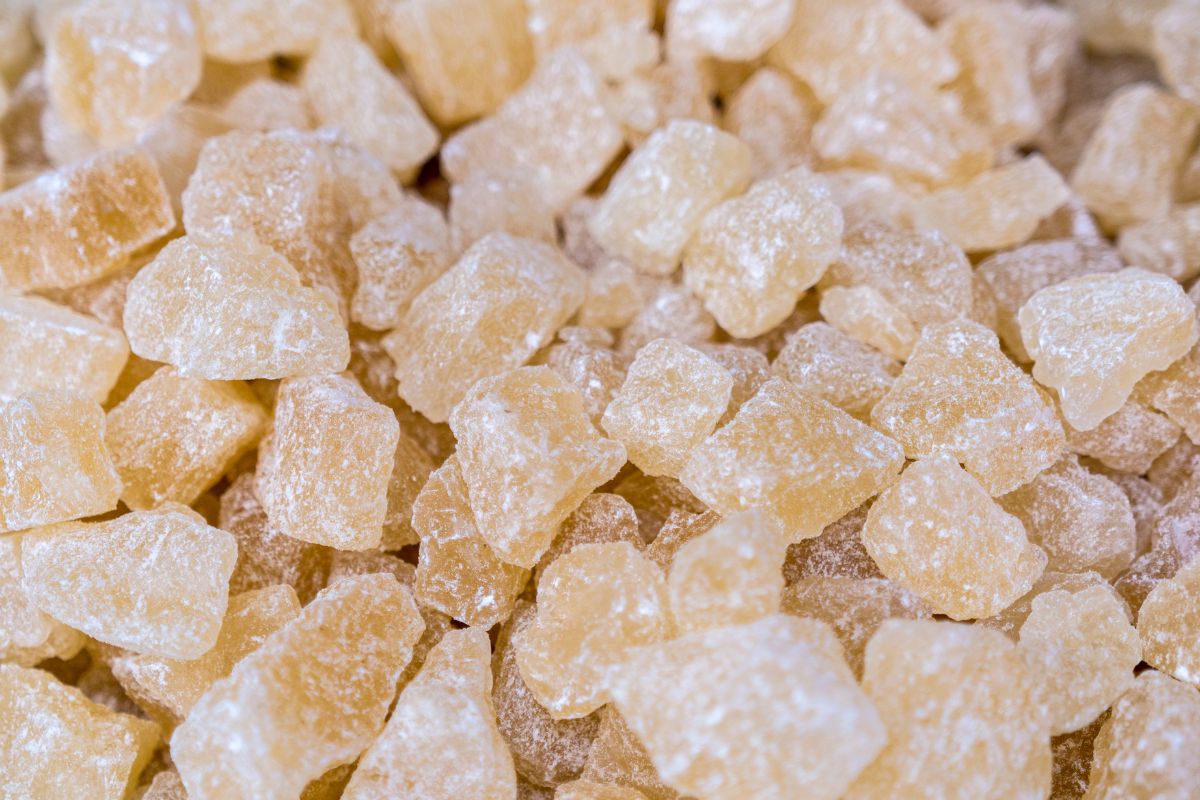
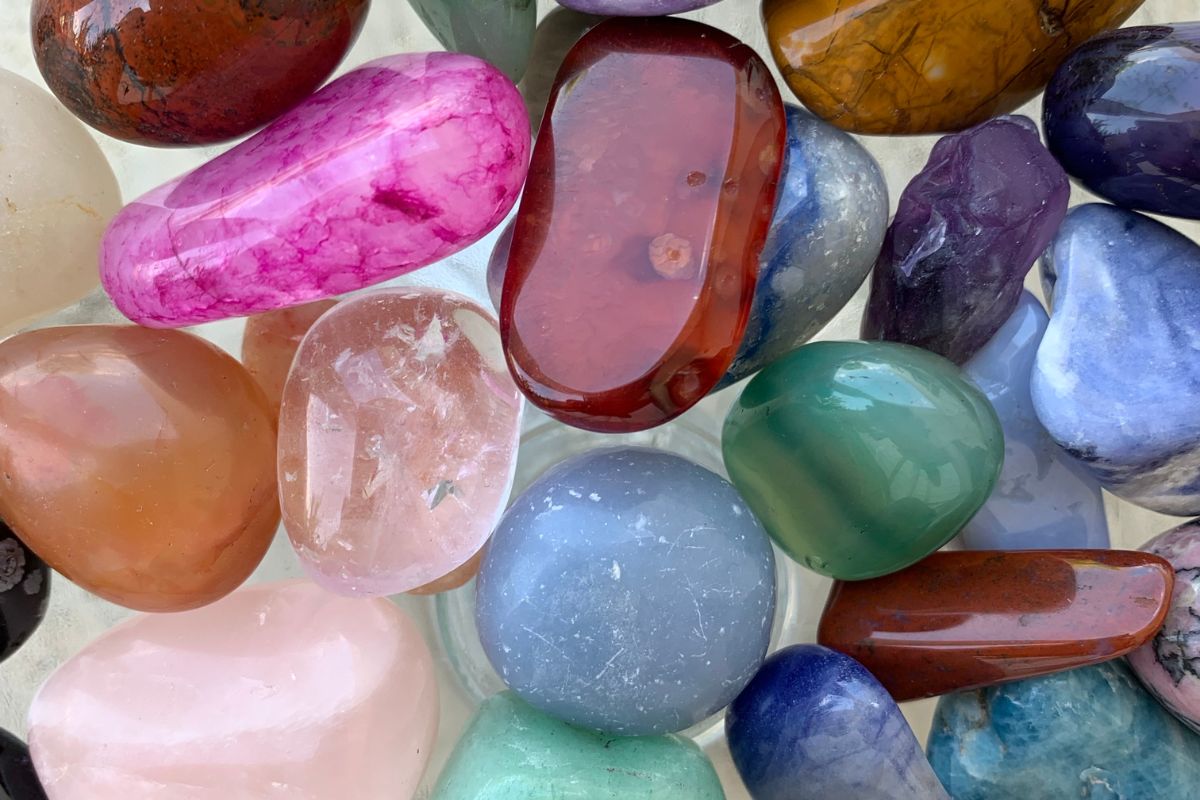
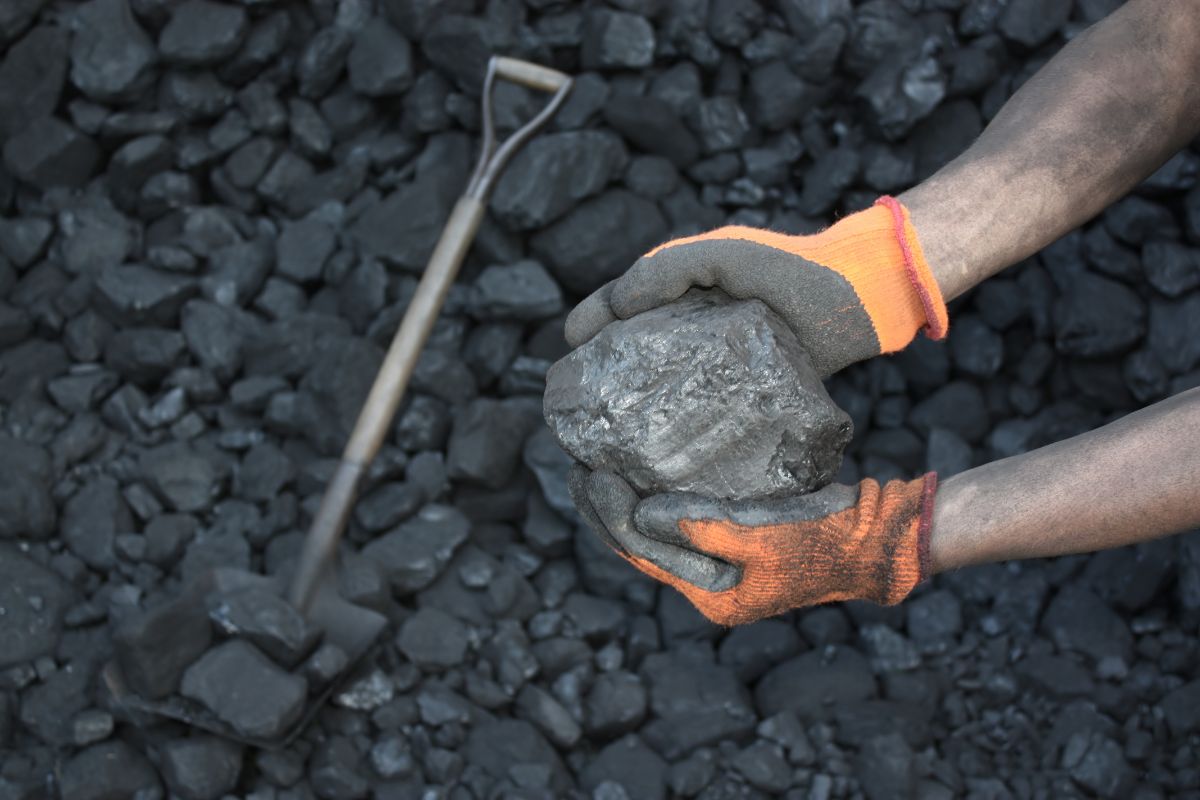
![What Is Rainbow Obsidian? [Causes, Uses & More] What Is Rainbow Obsidian? [Causes, Uses & More]](https://thatcrystalsite.com/wp-content/uploads/2022/12/What-Is-Rainbow-Obsidian-Causes-Uses-More.jpg)
